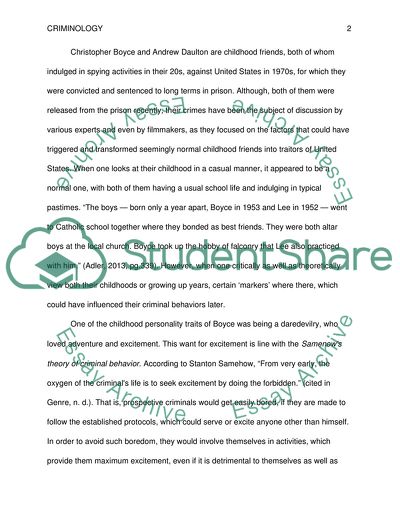Cite this document
(Christopher Boyce and Andrew Daulton Lee Criminology Theories Coursework, n.d.)
Christopher Boyce and Andrew Daulton Lee Criminology Theories Coursework. Retrieved from https://studentshare.org/social-science/1822301-christopher-boyce-andrew-daulton-lee-criminology-theories
Christopher Boyce and Andrew Daulton Lee Criminology Theories Coursework. Retrieved from https://studentshare.org/social-science/1822301-christopher-boyce-andrew-daulton-lee-criminology-theories
(Christopher Boyce and Andrew Daulton Lee Criminology Theories Coursework)
Christopher Boyce and Andrew Daulton Lee Criminology Theories Coursework. https://studentshare.org/social-science/1822301-christopher-boyce-andrew-daulton-lee-criminology-theories.
Christopher Boyce and Andrew Daulton Lee Criminology Theories Coursework. https://studentshare.org/social-science/1822301-christopher-boyce-andrew-daulton-lee-criminology-theories.
“Christopher Boyce and Andrew Daulton Lee Criminology Theories Coursework”. https://studentshare.org/social-science/1822301-christopher-boyce-andrew-daulton-lee-criminology-theories.


